The Budapest Green Infrastructure Development and Maintenance Action Plan collected the green area developments planned for the decade, i.e., it lists the tasks and ideas concerning the green infrastructure of the capital for the period between 2021 and 2030. About ten per cent of the approximately fifty programme elements are to be completed with funding from the Budapest City Council. The Dezső Radó Plan mainly lists plans adopted at a government, district and city level.
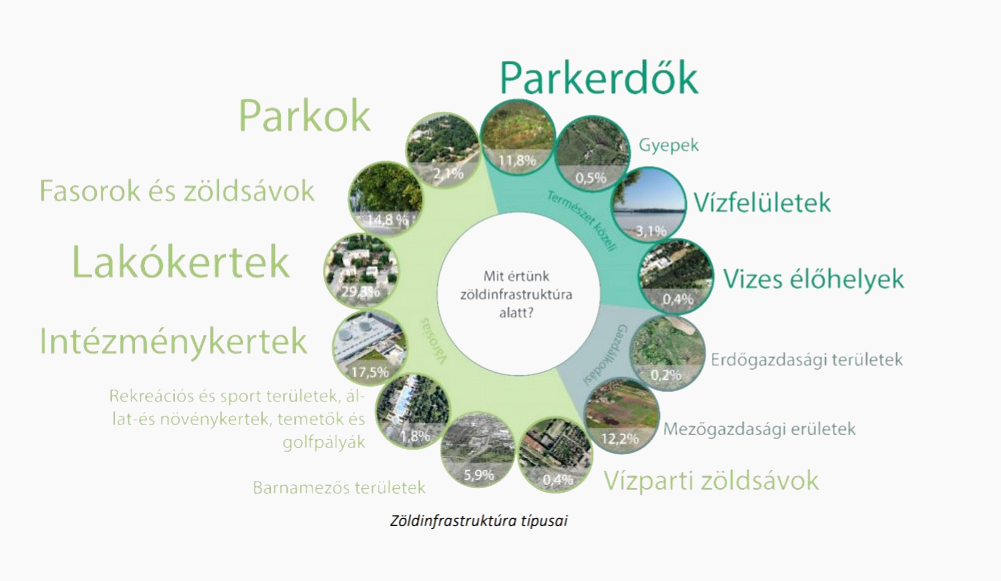
Types of green infrastructure (Photo: Dezső Radó Plan)
Such developments are, for example, the renewal of the Népliget area, Margit Island or City Park. The action plan shows that the renewal of City Park is planned for this year, Margit Island will follow it in 2024, while Népliget will only be reconstructed in the second half of the decade. These investments were decided during the previous mayor's time in office. A new park will be established in the North Csepel area in 2026 with the Ferenc Kemény Sports Facility Development Programme, on which a government decision was passed.
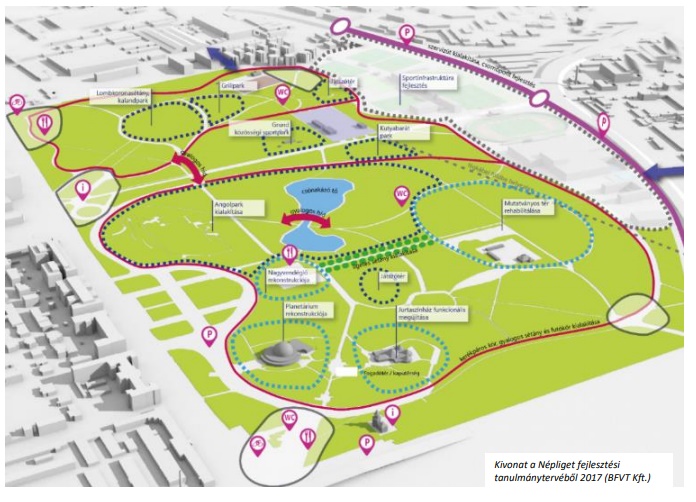
Plan for the renewal of Népliget (Photo: Dezső Radó Plan)
The development of Gellért Hill's green areas (with the Hungarian State and the 11th and 1st Districts) is also expected by 2026. Earlier, in 2024, the green areas of Városmajor will be rebuilt together with the Hungarian State – a government decree was announced on the issue. The Dezső Radó Plan includes the continuation of landscaping the Horváth Garden in Buda – which started in 2010 with the financial help of the 1st District Local Council – and the renovation of Vérmező by 2025, also in cooperation with the district's local council.
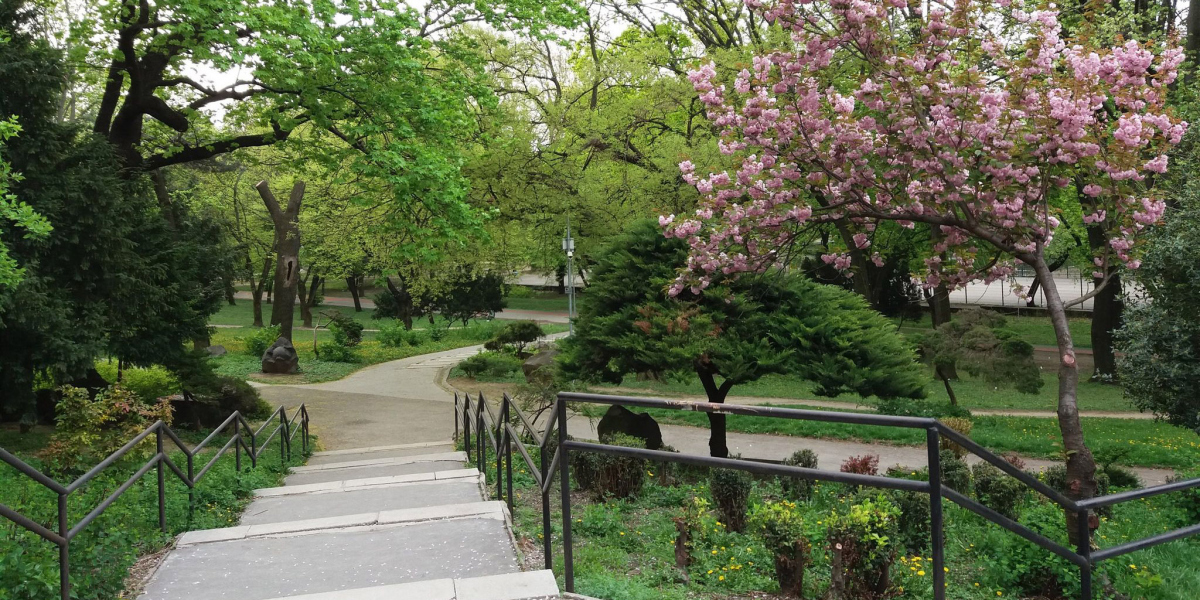
The Városmajor (Photo: Zsófia Viczián / pestbuda.hu)
Plans affecting the city centre include the establishment of City Hall Park, one of the Budapest City Council's investments. There have been ideas about the park before, and in 2016 exact plans were made. The renovation of Jókai Square (together with the 6th District) is included in the action plan; the works will start in Terézváros this year.
The action plan states that the renovation of Bakáts Square can continue in cooperation with the 9th District: the 9th District has already rebuilt the church building and its immediate surroundings. Further elements are expected to be completed by 2022. Planning for the renovation of Blaha Lujza Square – with the involvement of the state, the capital, and the affected district councils – is in progress, and the area is expected to be renewed by 2023. The capital wants to create a new public park for the Klinikák station with the 8th District by 2023.
The green infrastructure of Kossuth Lajos Street – Rákóczi Road would be renovated in 2026, the green promenade of Andrássy Avenue by 2027. The former would be implemented as the capital's investment, the latter with the involvement of the affected districts and the state. Plans affecting areas in the city centre include the afforestation of Üllői Road and the development of green areas connected to the Outer Ring Road. These programmes would be funded by the capital together with the affected districts and the government.
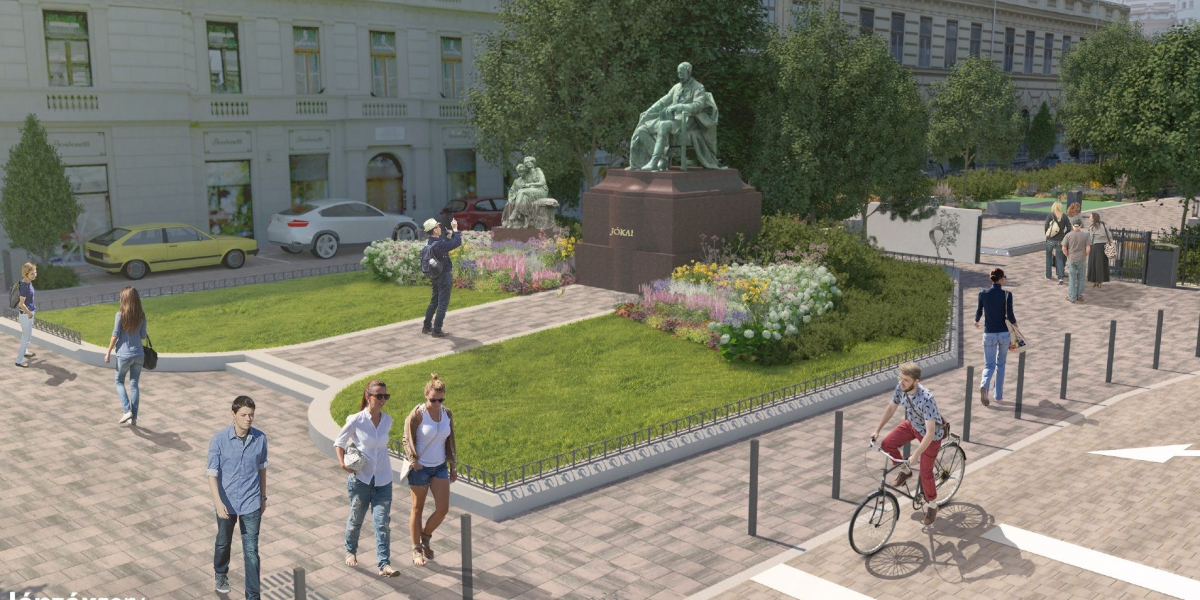
Design render of Jókai Square (Photo: terezvaros.hu)
A separate chapter deals with the areas along the Danube. It includes the rehabilitation of the Danube Bank in the centre of Pest and Buda (together with the Hungarian State and 1st and 2nd Districts), the development of the areas along the Soroksár-Danube (with the state, the 20th and 23rd Districts); and investments in Háros Island and Hunyadi Barracks (with the Danube-Ipoly National Park). Planning for this work has already begun. The development of Csillaghegyi Bay, Óbuda Island, Népsziget and Újpest Bay is also planned (together with the affected districts and the state), which can only take place in the second half of the decade.
Among the developments related to the Rákos Stream, the establishment of the green promenade and recreation centre in Zugló has already started. A green promenade between Madarász Street and Béke Street is expected to be built by 2024. The rehabilitation of the Felsőrákos meadows for nature conservation, the construction of a visitor centre for ecotourism and horticulture, and the development of a pedestrian and cycling route as part of the Rákos Stream ecotourism corridor are planned after 2025 funded by the capital. The transformation of the stream bed between the section of Ferihegyi Road and Szabadság Avenue and the lake construction on the site of the current agricultural areas in the 17th District should be finished with the involvement of the Budapest City Council and non-governmental organizations by the end of the decade.
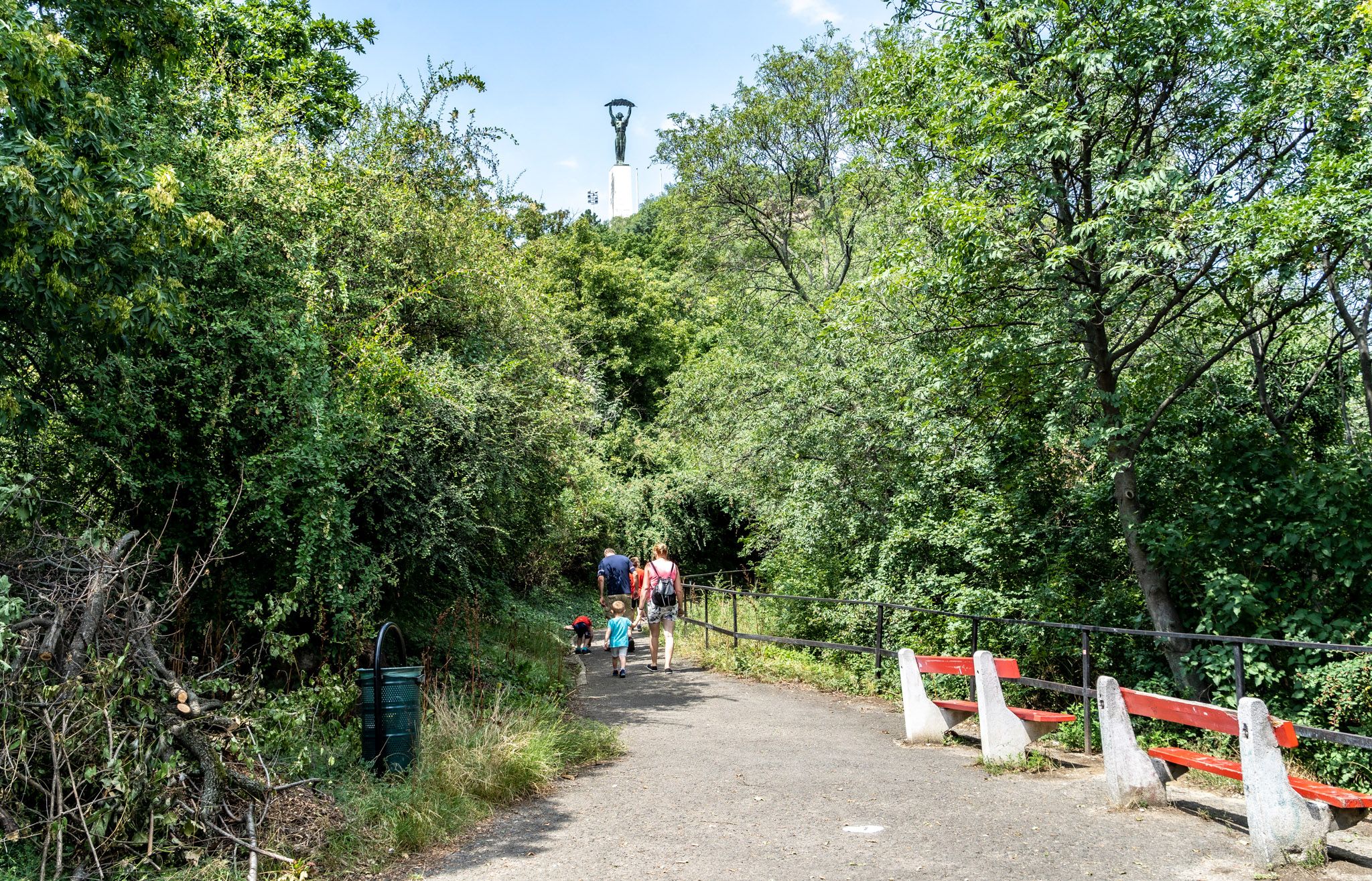
The Gellért Hill (Photo: Balázs Both / pestbuda.hu)
As the action plan states, the financing of the individual developments presumes cooperation with key partners. For example, the development of new business models that provide a return on real estate development, even with revolving funds or borrowing.
Although the use of European Union funds is also expected in the capital, the authors also state that these were not available for green developments specifically, even during the 2014–2020 cycle in the case of Budapest. Therefore, only applications to connected or related works will be made, not for green developments (such as remediation activities, transport) in the 2021–2027 EU financial cycle.
If the state, capital, and district developments summarized in the Dezső Radó Plan are implemented, it is calculated that the green area per capita in Budapest would increase from the current 6 square metres to 7 square metres. The implementation depends on the financial situation and revenue sources of the Budapest City Council. Therefore the action plan is an optimistic scenario.
The action plan was named after Dezső Radó, who was the director of the Metropolitan Horticultural Nonprofit Company (Főkert) from 1962 to 1984.
Cover photo: Margit Island (Photo: Balázs Both / pestbuda.hu)

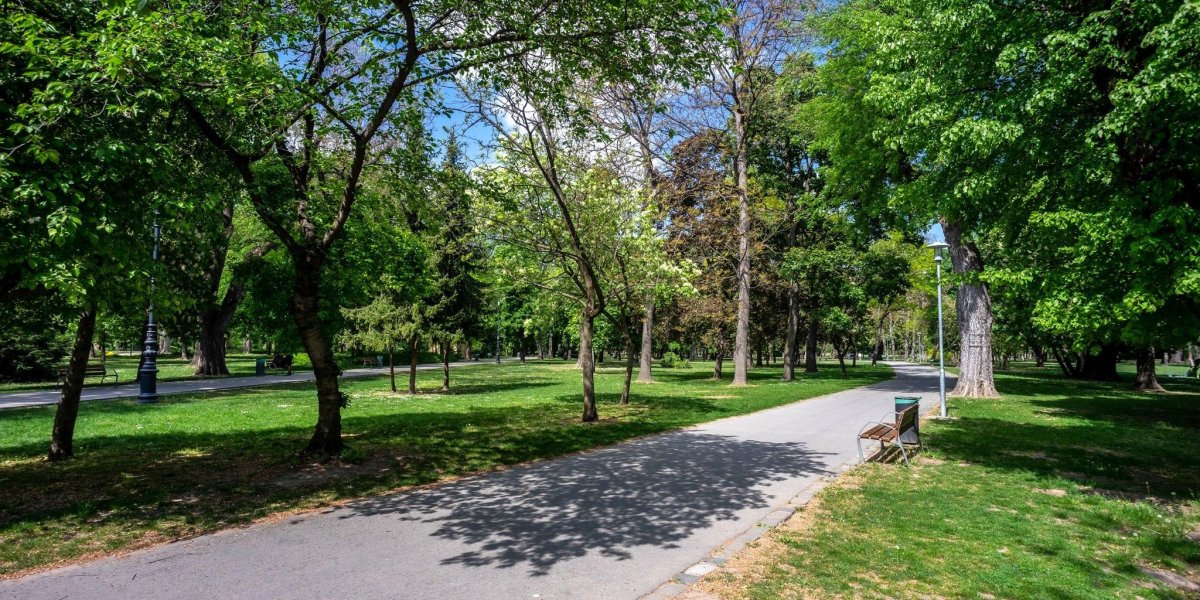




































Hozzászólások
Log in or register to comment!
Login Registration